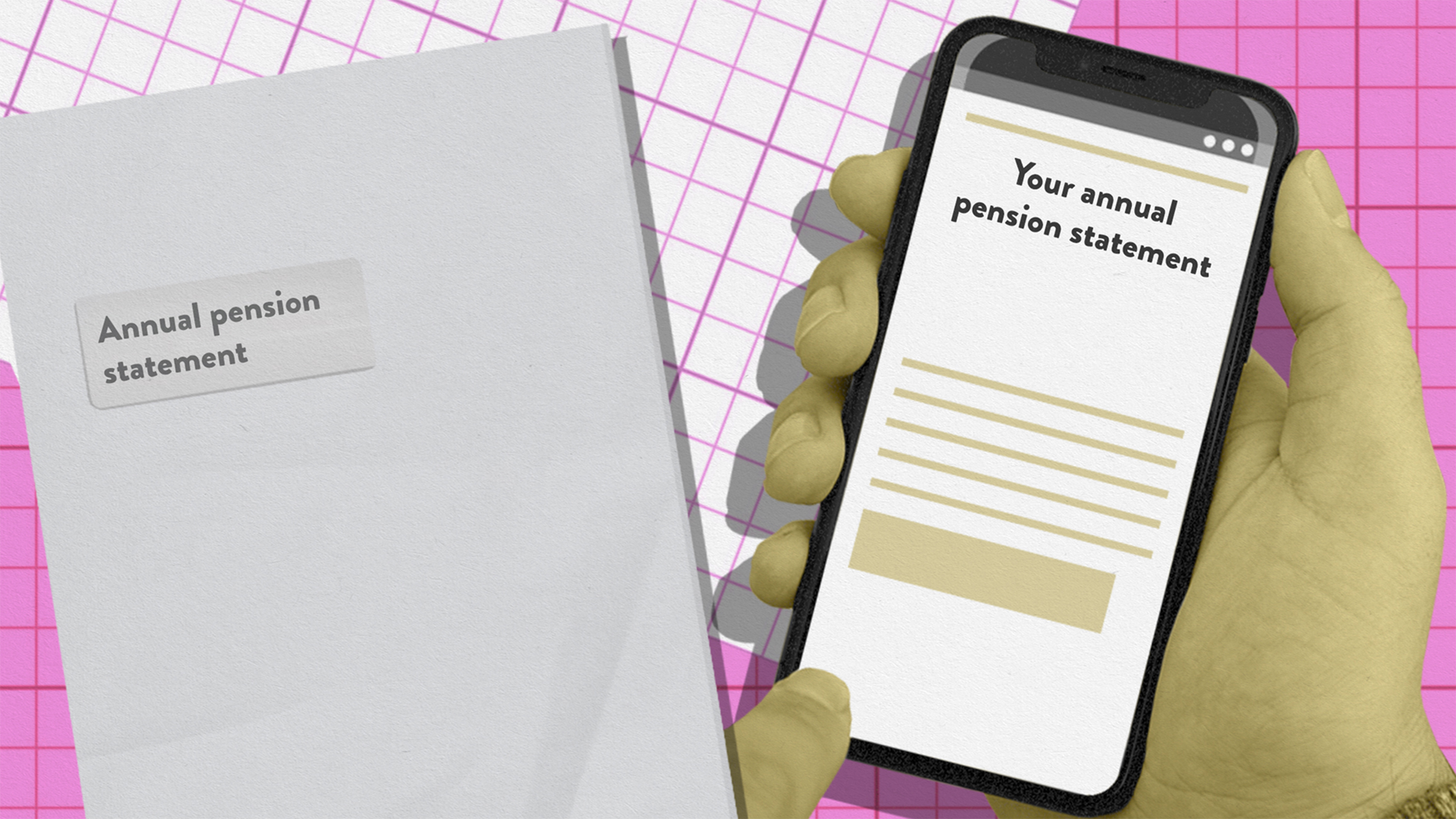Annual benefit statement
A 3 minute read

Have you ever received a little something in the post that says, usually in big bold letters on the front, “YOUR ANNUAL PENSION STATEMENT OR ANNUAL BENEFITS STATEMENT”? Or something to that effect.
It’s hard to miss. But often people do. Your annual statement is a document that your pension provider is obliged to send you every year (if you have a defined contribution pension), so that you have a record of how your savings have been getting on.
If you have a defined benefit pension, then your provider doesn’t have to automatically send you an annual statement, although many schemes do. Instead, you have the right to ask for a statement, and you must receive it within two months of your request.
From the performance of your investments to the charges and costs associated with managing them, this is everything your defined contribution annual pension statement will tell you:
- A grand total of everything you have in your pension at the start and end of the statement year.
- Contributions paid to your pot, from you and your employer. Plus, details of any tax relief.
- The amount of any investment loss or gain in the statement year.
- The value of any money you have transferred in, or out to another pension.
- A breakdown of the charges you pay to the provider for managing your pension.
- An estimate of the eventual value of your pension at the date you’ve marked for retirement.
- Pointers and ideas for steps you could take to get more money in the future.
Tot it up
The first section is why we’re here. The number we’ve all been waiting for. The number you see here is what you’ve saved since you joined the workplace pension. This is what all those contributions have been working towards - but it also includes a breakdown of any employer contributions and the government’s helpful tax relief.
Investment performance
Your pension is usually invested into a number of funds with the aim to help it grow, and your statement will show you how these investments have performed over the statement year. Remember, pensions are long-term investments - so there are likely to be highs and lows along the way.
Most people will be invested in the workplace pension’s default investment option, which means the investment choices take a ‘one size fits all’ approach. This isn’t a bad thing, but it means that your money may not be working as hard as it could be if you were to choose the funds yourself.
You can choose and manage your own funds, and this may be better suited to you, so it’s worth reviewing all the options available and to consider which might be most appropriate for you.
Your employer or pension provider will be able to help, or you can check your investments via your online pension account.
Transfers in or out
If you’ve transferred in any other pension pots, or transferred any pensions out, the details will be shown on your statement.
If a transfer is in progress and hasn’t yet been completed, then it will not show on your statement.
Charges
Your pension is managed by a provider, and they will invest your money into funds with the aim to increase the value of your pension over time. To keep your pension ticking over, as well as investing contributions in your pot, you are typically charged what’s usually called an Annual Management Charge or a Servicing Charge.
Some providers can charge differently though, so make sure you review and understand yours.
Projection perfection
The next section of your annual benefits statement looks at a projection for your pot. It’s a forecast that estimates what you could expect to get back when you eventually retire. The estimated figure is based on if you were to carry on saving at the same rate and can be a good reference point for working out if you’re on track for the retirement lifestyle you’re aiming for. That being said, the projection is also where you can perfect your saving.
Moving forwards, not backwards
The final part of your statement provides some ideas about what you could do to save more. It prompts you to think about what you want out of retirement - so getting to grips with your financial wellbeing, your financial vision, could bring things together. And, if the forecast seems low, you could use the information in the statement to increase your contributions to get you back on track to retirement.
Receiving your statement is a good time to take stock of your pension and your future plans. It takes just 15 minutes to look through, so why wouldn’t you want to know your way around your annual pension statement?
DO NOT EDIT THIS BOX UNLESS YOU'RE NOEL

